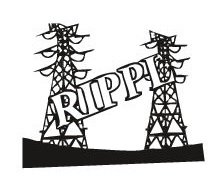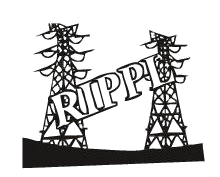To create a modern, energy-efficient, and sustainable office area by implementing electrification strategies that reduce carbon footprint, enhance employee comfort, and optimize operational efficiency.
Key Components
1. Lighting Systems
LED Lighting: Install energy-efficient LED lights with smart controls (motion sensors, dimmers, and daylight harvesting) to reduce energy consumption by up to 50%.
Zoning: Divide office areas into lighting zones for flexible control based on occupancy and natural light availability.
Task Lighting: Provide adjustable desk lamps to minimize overhead lighting usage.
2. HVAC Systems
Electric Heat Pumps: Replace gas-based heating systems with high-efficiency electric heat pumps for heating and cooling.
Smart Thermostats: Install programmable thermostats to optimize temperature settings based on occupancy schedules.
Ventilation: Use energy recovery ventilators (ERVs) to improve air quality while minimizing energy loss.
3. Power Supply and Management
Renewable Energy Integration: Install solar panels on the office roof or partner with a renewable energy provider to supply clean electricity.
Energy Storage: Implement battery storage systems to store excess solar energy for use during peak demand or outages.
Smart Power Strips: Use advanced power strips to reduce phantom loads from office equipment.
4. Office Equipment
Energy-Efficient Devices: Replace outdated computers, monitors, and printers with ENERGY STAR-certified models.
Power Management Software: Enable sleep modes and automatic shut-off for devices to reduce idle energy consumption.
Electric Vehicle (EV) Charging Stations: Install EV charging stations in the office parking area to encourage sustainable commuting.
5. Building Envelope
Insulation: Upgrade insulation in walls, roofs, and windows to reduce heat loss and improve energy efficiency.
Smart Windows: Use electrochromic or thermochromic windows to control heat gain and glare, reducing reliance on HVAC systems.
6. Employee Engagement
Training Programs: Conduct workshops to educate employees on energy-saving practices, such as turning off lights and equipment when not in use.
Incentives: Offer rewards for teams that achieve energy reduction targets to foster a culture of sustainability.
Implementation Steps
Audit and Assessment: Conduct an energy audit to identify current energy usage and inefficiencies.
Design and Planning: Collaborate with architects and engineers to design electrification upgrades tailored to the office layout.
Installation: Work with certified contractors to install lighting, HVAC, and renewable energy systems.
Monitoring and Optimization: Use energy management software to track consumption and optimize system performance.
Maintenance: Schedule regular maintenance to ensure all systems operate at peak efficiency.
Benefits
Cost Savings: Lower utility bills through reduced energy consumption.
Environmental Impact: Decrease greenhouse gas emissions by transitioning to renewable energy sources.
Employee Productivity: Enhance workspace comfort with improved lighting and temperature control.
Future-Proofing: Align with regulatory trends and sustainability goals.
Timeline
Month 1-2: Energy audit and planning.
Month 3-6: Procurement and installation of systems.
Month 7: System testing and employee training.
Ongoing: Monitoring, optimization, and maintenance.
Budget Considerations
Allocate funds for initial investments in equipment and installation.
Explore government incentives, rebates, or grants for electrification and renewable energy projects.
Estimate long-term savings from reduced energy costs to justify upfront expenses.

